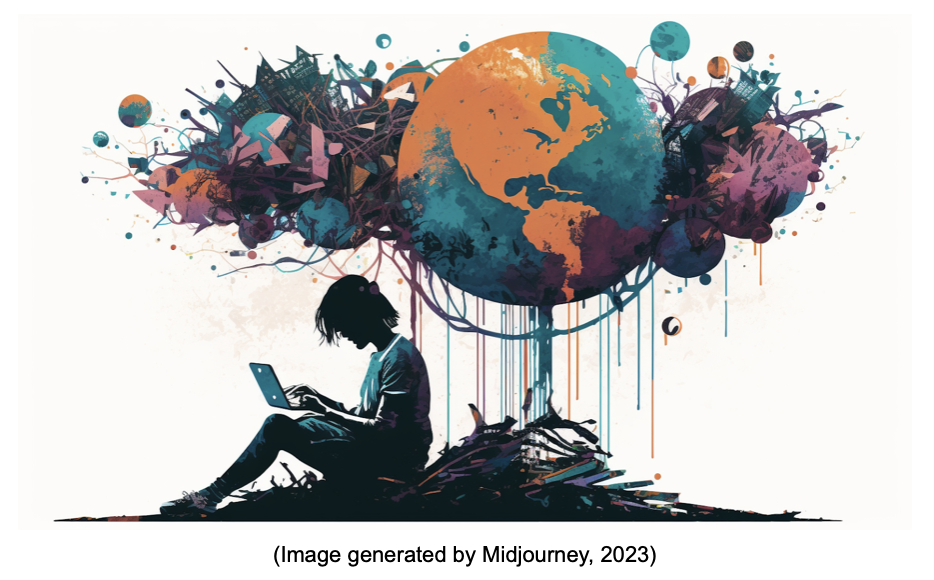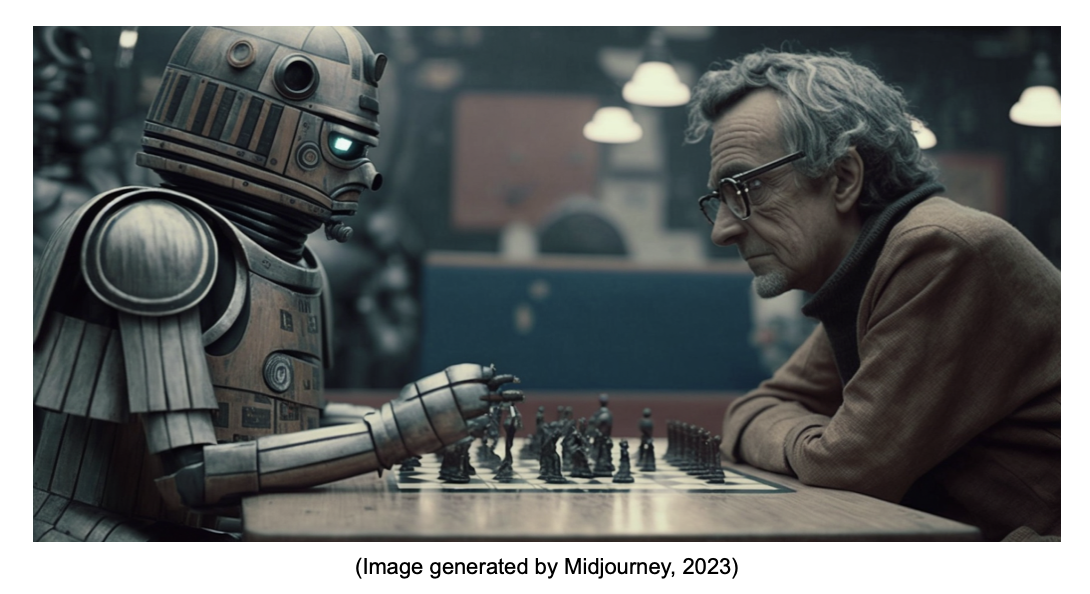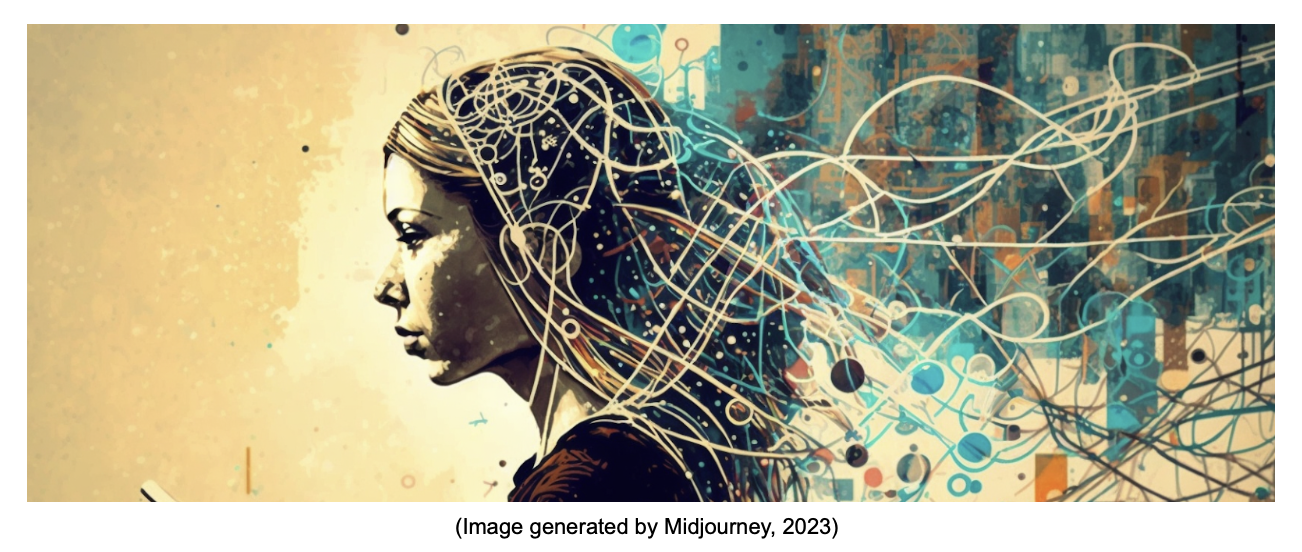The AI Revolution -
Types of AI

The AI Revolution
Types of AI


/en/the-ai-revolution/what-exactly-is-ai/content/
As AI becomes a bigger part of our daily lives, it can be helpful to have an understanding of its different forms. In this lesson, we’ll explore two systems of AI– Artificial General Intelligence and Artificial Narrow Intelligence–as well as four distinct categories:
AGI vs. ANI
"Artificial General Intelligence," or AGI, and "Artificial Narrow Intelligence," or ANI, are two different approaches to creating intelligent computer systems. Here’s how they differ:
Think of it this way: AGI is like a person who picks up new skills easily, and tends to be well-rounded. ANI, on the other hand, is similar to a person who is really good at one specific thing, like being an amazing soccer player or a skilled pianist.
You could say that AGI is more of a “generalist,” while ANI is more of a “specialist.”
Scientists and engineers have made significant progress with ANI, and you can see it in things like voice assistants and self-driving cars. But AGI–with its ability to think and learn across many tasks–is still something we're hoping to achieve in the future.

As we get further into the world of AI, it can be helpful to break it down into four systems: reactive machines, limited memory AI, AI with theory of mind, and self-aware AI.
Reactive Machines
Reactive machines are a type of AI system that react to changes in their environment. In terms of their limitations, they cannot form memories or use past experiences in their decision-making. These systems are designed to react to specific situations based on pre-programmed rules, without being able to learn or adapt.

An example of a reactive machine is IBM's Deep Blue, which famously defeated chess world champion Garry Kasparov in 1997. Deep Blue used a set of pre-programmed rules to analyze the chess board and then make moves. However, it had no ability to learn or improve its game.
Reactive machines are useful for tasks that require fast, precise reactions to specific situations, such as controlling machinery or responding to specific emergencies.
However, they are limited in their ability to handle complex or unique situations. Therefore, other types of AI systems are often used for more complex tasks that require the ability to adapt and learn over time.
Limited memory
AI systems with limited memory can make use of past experiences to inform their decision-making–but as the name suggests, their memory is limited.

These systems are typically designed for specific tasks that require some degree of learning from experience, but don’t require the ability to learn and adapt over time.
An example of this is the popular board game-playing program AlphaGo, developed by Google's DeepMind. AlphaGo was able to defeat some of the world's top human players by using machine learning algorithms to analyze past games, and then make decisions based on past data. However, AlphaGo's memory was limited; it didn’t have the ability to learn and adapt beyond its training.
In contrast, AI systems with unlimited memory, such as “deep learning models,” can learn and adapt. This allows them to improve their performance over time. These systems are typically used for tasks that require more complex decision-making, such as image and speech recognition.
Overall, the amount and type of memory that an AI system possesses are key factors in determining its capabilities, as well as the types of tasks it’s best suited for.
Theory of mind and self-awareness
Theory of mind and self-awareness are two advanced cognitive capabilities that are currently being developed in AI.

In a broad sense, theory of mind refers to the ability to understand the mental states of other individuals, such as their beliefs, emotions, and intentions. AI researchers are working on developing machines that can predict human behavior by modeling the mental states of people they interact with. This could be useful in applications such as customer service or human-robot collaboration.
Self-awareness, on the other hand, refers to the ability to be aware of one's own thoughts and feelings. In AI, researchers are exploring the development of machines that are capable of self-awareness. This could lead to the creation of robots that are more autonomous (or independent) and can learn from their own experiences.
It’s important to note that theory of mind and self-awareness are complex cognitive capabilities that have proven difficult to replicate. They represent the most cutting-edge sector of AI research.
Ultimately, enabling machines to better understand and interact with humans would change the world as we know it.
Next up, we’ll explore the ins-and-outs of machine learning. But first, take the practice quiz to see how much you’ve learned from Lessons 1-3!
/en/the-ai-revolution/machine-learning/content/